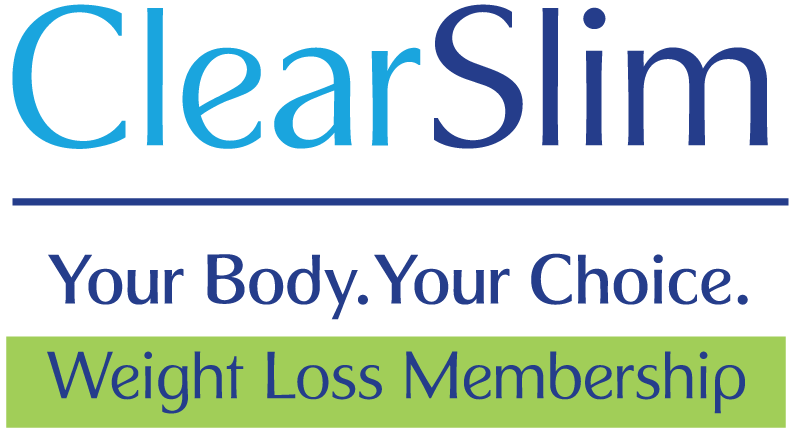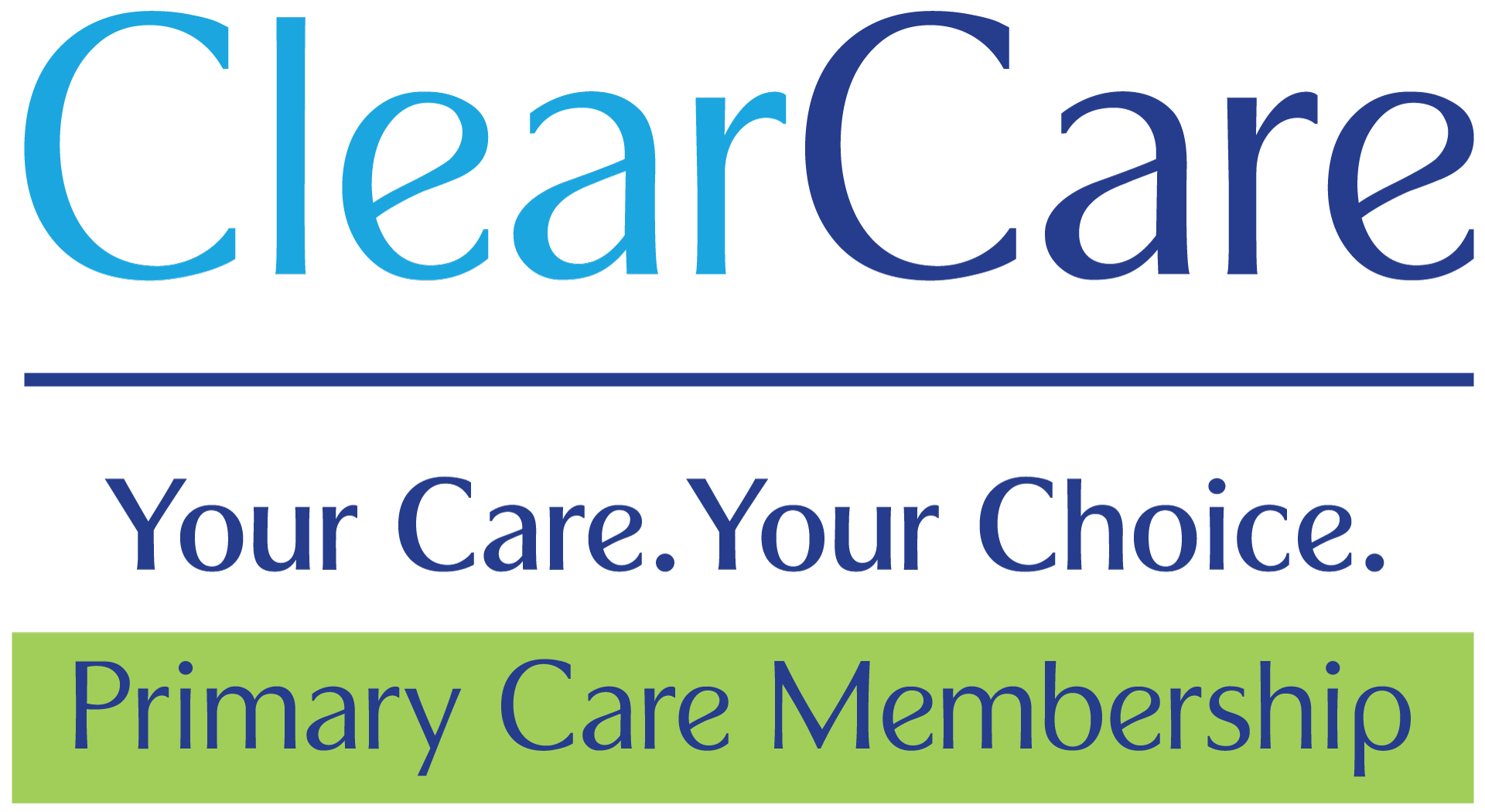
How to self-examine for early detection of breast cancer
How to do a self breast exam: Remember, catching breast cancer early significantly improves treatment success. The American Cancer Society says the five-year survival rate is 99% when breast cancer is found early and stays in the breast. This is why regular self-exams (BSEs) are not just an easy way to track your breast health, but a crucial step in detecting any changes early.
This guide will empower you by providing the knowledge of why self-exams are important, how to do a self breast exam, how to do them properly, and what to watch for during the process. It will put you in control of your breast health.
The Importance of Breast Self-Examinations
Breast self-exams are essential for early breast cancer detection. While mammograms are the best screening method, BSEs help you understand how your breasts usually feel and look. This makes it easier to spot any unusual changes that may need a doctor’s attention.
Research shows women first find many breast cancer cases through self-exams. Although BSEs don’t replace professional screenings, they’re vital to keeping your breast health in check. However, it’s important to note that self-exams have limitations and may not detect all breast abnormalities. Therefore, it’s crucial to also undergo regular professional screenings.
Timing and Frequency of Self-Examinations
It’s recommended that women perform a self-exam once a month. The best time to do this is a few days after your menstrual period ends when hormonal fluctuations that can cause swelling or tenderness have subsided. If you’re post-menopausal, choose a consistent day each month that’s easy to remember.
Step-by-Step Guide to Performing a Breast Self-Exam
Begin with Visual Inspection: Stand in front of a mirror with your arms at your sides and maintain a straight posture. Look for visible changes in your breasts’ size, shape, or symmetry. Also, check for skin changes like dimpling, puckering, or redness, and pay attention to any changes in your nipples, such as inversion or unusual discharge.
Raise Your Arms and Inspect: Raise both arms overhead and look for the same changes. Observe how your breasts move and whether there are any variations between them. Ensure that both breasts respond similarly.
Check for Fluid Discharge: While standing in front of the mirror, gently press each nipple to check for fluid discharge. The fluid could be milky, yellow, or even bloody. Although it may not always indicate cancer, a healthcare professional should check for any discharge.
Examine Your Breasts Lying Down: Lie on your back with a pillow under your right shoulder and your right arm behind your head. This helps flatten the breast tissue. Use the pads of your left hand’s fingers to make small circles over your right breast, covering all areas from top to bottom and side to side. Make sure to check the area between your breast and armpit. Do the same on your left breast with your right hand.
Check While Standing or Sitting: Many women find it easiest to self-exam in the shower. The wet skin helps your fingers move smoothly over the breast tissue. As described earlier, use the same small circular motions to cover the entire breast.
Key Signs to Look For
- During a self-exam, you should be vigilant for:
- Lumps, hard knots, or thickened areas within the breast tissue
- Persistent pain or tenderness in a specific area
- Unexplained changes in the size, shape, or symmetry of your breasts
- Skin changes, including redness, scaling, or puckering
- Nipple alterations, such as inversion or unusual discharge
When to Consult a Doctor
Remember, you’re not alone in this journey. If you notice any of these signs or other unusual changes during your self-exam, don’t hesitate to consult a healthcare provider. Not all changes mean cancer, but a professional can help clarify and reassure you, providing the support and care you need. Your doctor may suggest tests like a mammogram, ultrasound, or biopsy to find out what’s causing the changes.
Regular breast self-exams are an easy way to keep track of your breast health. Knowing how your breasts usually look and feel helps you notice any changes early. If you have any questions about self-exams or breast health, ClearMedica is here to help. Taking care of your health is the best way to protect yourself from breast cancer, and ClearMedica is committed to supporting you in that effort.
Leave a reply

